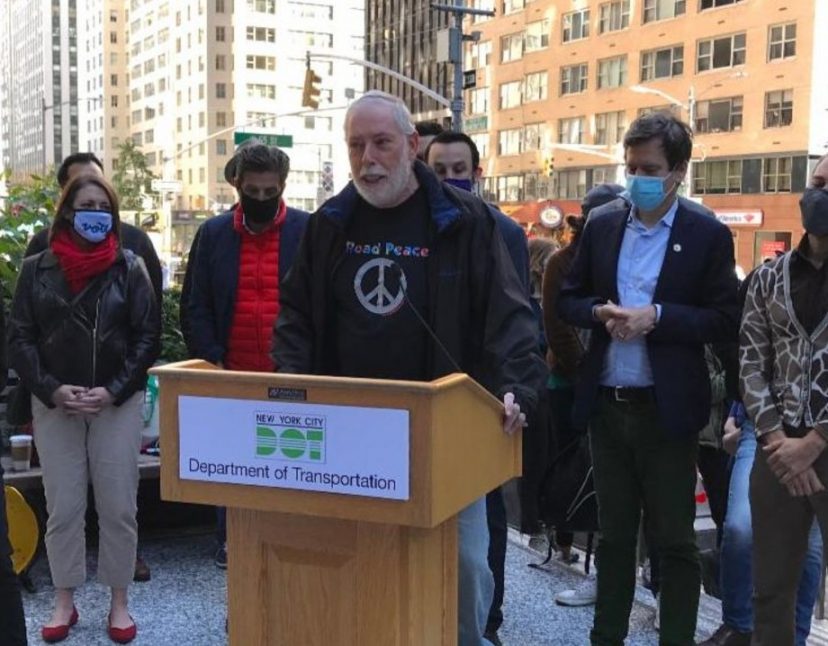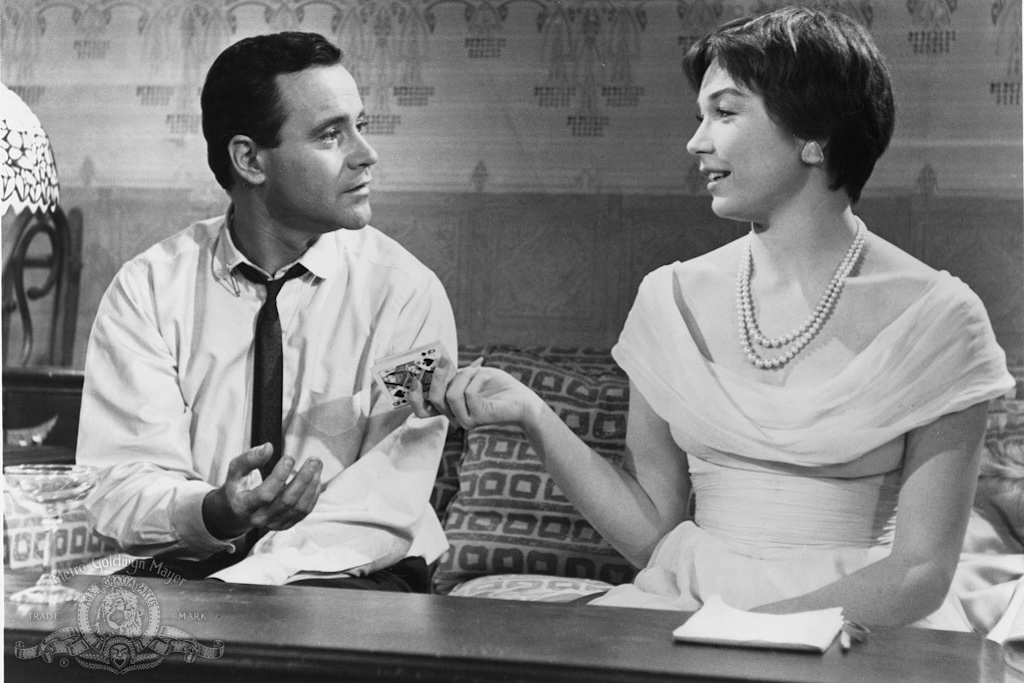‘Incredibly Unlikely to Get Infected From Somebody on the Subway’: Talking Transportation in COVID With ‘Gridlock’ Sam Schwartz

Sam Schwartz is one of New York City’s leading transportation experts, having gotten his start as a cabbie in the 1960s and working his way up to New York City Traffic Commissioner in the 1980s. Some of his initiatives while working for the city included advocating for more bike lanes and pedestrian plazas; he also earned the nickname “Gridlock” Sam Schwartz for popularizing the concept of traffic gridlock.
Schwartz spoke on our recent panel that examined how to build New York back better after the pandemic, and we caught up with Schwartz afterward to learn more about transportation in the COVID era.
Is the subway safe?
I did an exhaustive study over this using research around the world on contact tracing. I also interviewed epidemiologists, virologists and public health experts. And the findings, which are published in a report called “Public Transit and COVID-19,” found no clusters from any subway system around the world.
On the subway, one of the things is that people don’t talk to each other for the most part. If you’re just breathing and you’re masked — everything I’m saying presupposes that people are wearing masks on the subway — the velocity of the air being expelled, most of it will be captured through your mask, and if other people are wearing masks, the probability of it getting through is low.
Can you talk about what the study found with regard to air circulation?
The ventilation system is measured in terms of air volume exchanges, and what that means is that quantity of air that is in an assembly car, and it is exchanged fully as one full exchange of air. In hospitals, the air exchange is 12 times an hour. The subway ventilation system was set, pre-COVID, at 18 times an hour.
Besides the ventilation system, besides the mask-wearing and the lack of talking, the fact that doors open with great frequency helps with the ventilation situation also. It doesn’t mean it’s impossible to get infected from somebody on the subway. It is incredibly unlikely.
How has COVID affected commuters in specific geographic areas of the city?
We found the highest transmission outside of Manhattan, in places that relied mostly on cars. So something else was at work. Why would Staten Island be so high? What we concluded was that it wasn’t how you were traveling — it was what you were doing when you got there. Before everybody had PPE, Staten Island had a lot of first respondents and civil servants who had no choice but to go to work. So people who were getting sick in the beginning were largely people that were exposed because of their jobs. We also found, and this continues to today, that the suburbs around New York City have higher case rates than New York City. When you look around the country, there are no subways. There’s very little bus usage. The highest zones are in places like New Mexico, Arizona — a number of places that are lower density, little transit. So what is going on?
What are ways that the city can build confidence in getting people to take public transit?
I think people are still shellshocked from the awful period that we experienced in March, April and the first half of May, but when you look at things right now, New York City is for the most part in the 99% range of tests that come back negative. We need public service messages that are out there. We need to see the mayor and the governor taking the subway. We need people to lead by example.
Public officials aside, is the message at least getting out there about public-transit safety?
I don’t think it’s communicated enough. The media has done a terrible job. The New York Times at one point put out an article, “Are Cars Protecting Los Angeles?” Los Angeles County has a higher rate than New York now. It was just a matter of time for that to happen. The New York Times did run an article saying subways are safer than you think, then followed up with an article about an incident in China we all knew about back in January of a chartered bus ride for a religious visit in which 27 or so out of 67 passengers caught the virus. People were on that bus for a couple of hours. Nobody was wearing masks.
They highlight these extreme examples that have nothing to do with public transit. They’re building mistrust. So the MTA, the mayor, the governor and also city agents need to get the message out.
photo: @gridlocksam
Tags: five questions, gridlock sam schwartz

